International shipping requires complex and unclear terms to establish buyer-seller responsibilities in commercial transactions. The DAP shipping term known as “Delivered at Place” holds wide popularity across international trade operations. Through Incoterms the International Chamber of Commerce (ICC) creates the international commercial shipping terms which include DAP as one of the standards. The standardization achieved by these international commercial terms also makes it clear how shipping responsibilities extend from seller to buyer toward delivery point operations.

Anyone participating in international trade or logistics needs to know the DAP shipping term since it establishes the delivery requirements for both sellers and buyers throughout the shipping process. This paper investigates DAP shipping terms including their applications along with party duties and comparison with standard and Incoterms rules buyer’s premises.
What is the DAP Shipping Term?
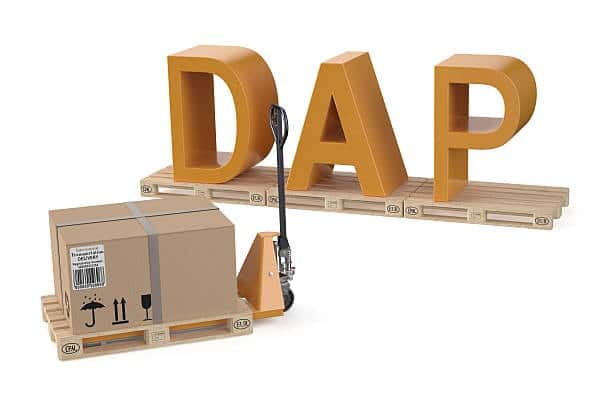
DAP indicates “Delivered at Place” as its abbreviation. The seller has to transport goods according to buyer-selected place of destination and prepare them for unloading seller delivers. Between exporting goods from the manufacturer to the specified place of delivery, the seller accepts all transportation expenses and risk responsibility for inland shipment, international ocean transport, and export custom clearance duties.
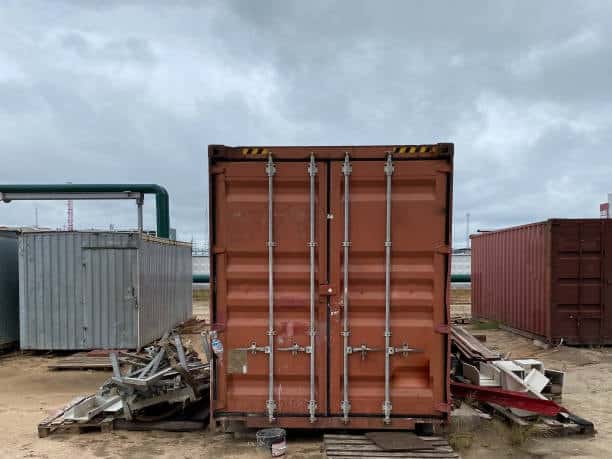
Typically with DAP agreements the seller is responsible party buying the merchandise must pay for place unloading costs and all remaining duties and import duties as well as clearance fees. As the goods reach their destination according to agreement the seller transfers both cost liability and risk responsibility to the buyer.
The DDP shipping term requires sellers to cover import duties together with taxes whereas DAP requires buyers to fund these costs through import duty alone. Among all shipping terms DAP draws its main distinction from the others because of this point dap incoterms.
Understanding the Responsibilities of the Seller Under DAP
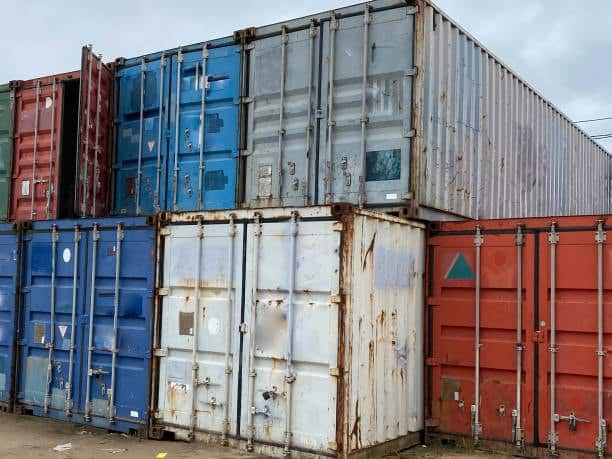
The use of DAP as a delivery term helps to define all seller obligations within an international trade agreement. During an international trade term and business transactions, sellers must fulfill two main responsibilities local taxes.
- Sellers need to organize and pay for the goods delivery transportation to their specified delivery destination. Expert sellers must finance all transportation expenses including shipping, freight payments together with services provided by intermediary transportation companies.
- A seller must take care of customs formalities required for export at the origin country. All required documentation must be prepared by the seller who also needs to pay export fees as well as customs duties until the goods cleared for export.
- The seller needs to direct goods transportation to the place agreed with the buyer located within their country. The agreed destination for delivery can be either a storage facility or seaport or any other designated area.
- Until delivery at the location stipulated in the agreement the seller remains responsible for any possible damage or loss of goods. Any damage sustained by goods while they are being transported will require the seller to handle payment and service resolution costs.
- To protect goods during transport the seller must package all items while appropriate labeling and packaging requirements must be met. The seller needs to apply specific packaging methods for breakable items while hazardous goods should be marked accordingly.
- The seller maintains the possibility to acquire insurance coverage to protect against shipping risks although this step is not essential under DAP. The process of covering shipping insurance depends on how the seller agrees with the buyer.
Understanding the Responsibilities of the Buyer Under DAP

Under the DAP shipping term the seller bears primary responsibilities yet the buyer remains obliged to perform several duties dap delivered at place. The same buyer assumes and accepts several duties at the moment the delivery destination receives the goods.
- After delivery the buyer must assist with removing goods from the transport vehicle where they need to be received. The buyer must organize workforce and necessary equipment together with suitable tools required for achieving safe shipment unloading.
- Import Customs Clearance requires the buyer to perform every necessary procedure because the seller maintains responsibility only for export customs clearance. The buyer must cover all import duties together with taxes and government fees which become necessary when importing goods.
- The buyer must pay complete import duties together with taxes at the moment the goods arrive in their country. The costs for import depend on both the nature of the goods along with the country where they will be imported into.
- Once goods receive delivery at their destination the buyer inherits total transportation expenses in cases where products need relocation to different addresses. A buyer must pay all fees connected to local freight distribution together with one-mile end-point delivery expenses.
- From the time the delivery takes the buyer becomes legally responsible for preserving the goods delivered to their designated spot. The goods’ complete responsibility falls on the buying party at the current stage.
The Advantages of DAP for Sellers

The first DAP shipping agreement term delivers several benefits to sellers through the following advantages risk transfers:
- The seller retains delivery control because they have to ensure product transport to the designated destination. When logistics run smoother between parties the term produces fewer unexpected occurrences.
- The seller achieves better forecasting of shipment costs through DAP. The seller obtains better control of shipping expenses and reduces risks through physical possession of delivery operations.
- Under the DAP agreement both parties benefit from specific seller obligations since everything is clearly defined thus minimizing potential conflicts between buyer and seller.
- None of the imported duties become a concern to the seller since they do not need to pay them unlike under DDP terms. When buyers use this shipping term it makes the entire process easier and reduces potential unexpected costs that could arise at the final destination.
The Advantages of DAP for Buyers
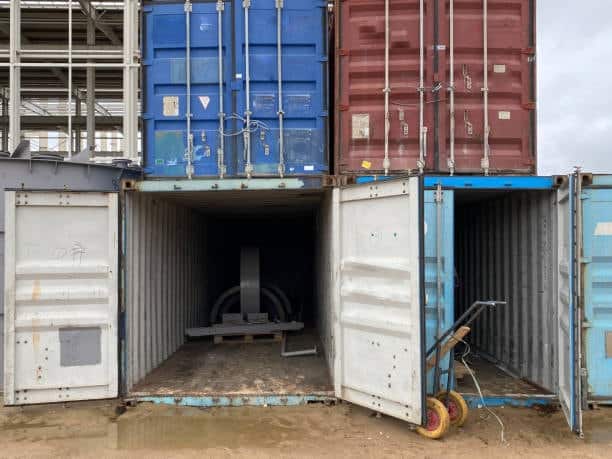
Using the DAP shipping term presents all the risks and following advantages to buyers:
- Under DAP terms of delivery the importer avoids arranging goods transportation between seller location and destination because the seller takes care of shipping responsibilities. Most shipping duties belong to the seller who makes the process simpler for buyers to manage.
- The goods fall under the safety of the buyer only when delivery arrives at the designated destination. Buyers maintain their protection from any shipping-related damages and losses since they do not take responsibility for compliance after delivery of goods.
- The buyer pays for customs duties and handles clearance activities yet the seller covers all remaining transportation expenses as detailed in their initial price agreement. The buyer can easily determine all transactional costs because sellers present an open format of pricing.
- The specification of delivery location allows buyers to select the exact storage point when they need the goods brought to warehouse facilities, ports or distribution centers.
DAP vs. Other Common Incoterms
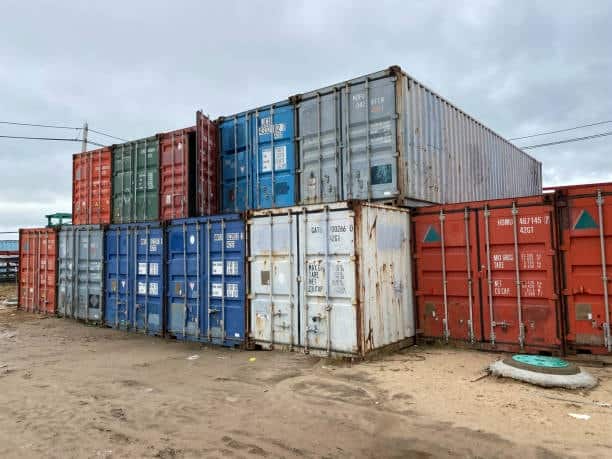
When examining DAP it becomes essential both the buyer and to evaluate its characteristics against two widely used Incoterms known as DDP (Delivered Duty Paid) and FOB (Free On Board).

- A seller who chooses DDP controls all aspects of the merchandise including clearance through customs and payment of import taxes. The buyer only needs to handle receiving the goods when they are delivered to the specified doorstep. Buyers who want complete seller-managed import duties and taxes should avoid DAP since this agreement transfers those costs to buyers themselves.
- Customers who select FOB (Free On Board) require sellers to transfer ownership of products when shipping vessels accept the goods for transport. The specific date when delivery occurs marks the beginning of buyer ownership for both goods and delivery and import duties. Within DAP delivery the seller takes charge of extensive shipping operations until they release delivery risk at the target destination.
Factors to Consider When Choosing DAP

The usage of DAP for shipping agreements brings both parties straightforward understanding but several aspects deserve evaluation before choosing this term.
- DAP should be selected when the destination location enables easy travel for both buyer and seller. The DAP shipping term is not suitable for delivering goods to locations which present transportation challenges or need specialized logistical services.
- The buyer must handle all necessary import taxation and customs costs when utilizing the DAP shipping term because they are responsible for clearing imported goods through destination customs.
- The seller’s ability to determine shipping costs by using DAP depends on the total purchase expenses that include potential charges for unloading and destination transportation after delivery.
- The seller remains responsible for goods until delivery but both parties need to determine who will pay expenses in case goods suffer damage or loss en route to the specified location.
Conclusion
International trading businesses leverage DAP Incoterm as an efficient and common rule which clearly establishes duties between sellers and buyers. Despite the exporter holding principal responsibility for goods transportation paying import duties under DAP rules the terms streamline import procedures for buyers and give sellers more control and flexibility regarding costs during importation activities. Both seller and buyer need full clarity regarding their contractual duties especially when dealing with import taxes and risks and customs charges.




